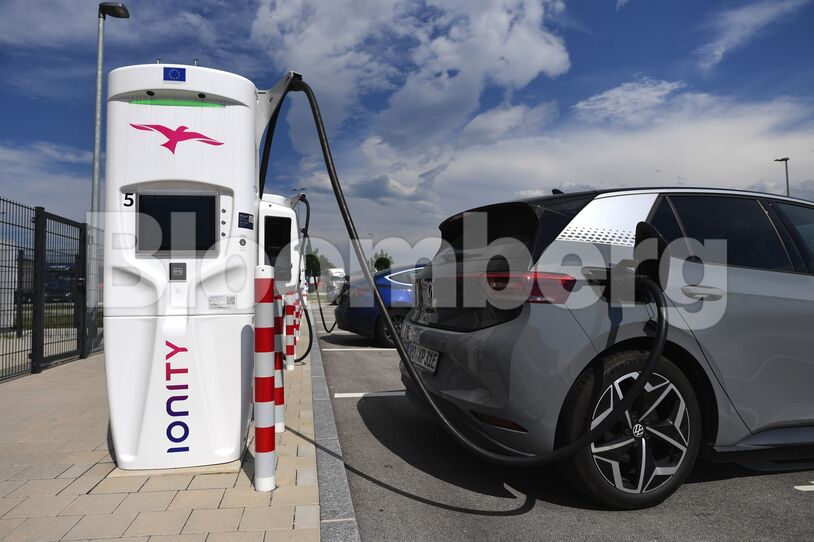How did you become interested in EV charging?
I’ve been interested in EVs for a long time, but I had no direct experience driving one myself or charging one until 2019. We have frequently heard that charging infrastructure is one of the biggest barriers to EV adoption, so I wanted to get real experience using it. In 2019, I did this three-country tour where I did a long-distance road trip in three EVs, and the basic conclusion was that for somebody who is using an EV in that area for the first time, there were major issues with the integration of the charging infrastructure.
Why is it important to understand the user experience with charging infrastructure?
For most people who are buying or renting an EV, it’s still early days in terms of their experience, and they’re still quite anxious about the driving range and how they will charge the EV on a long-distance trip. It’s no good to cite statistics because they’re more focused on making sure that they don’t run into any hassles or problems. And they’re really focused on the cases of road trips. They want to have confidence that on road trips, they will be able to have a good experience charging, that it will be just as reliable as the experience with a fossil fuel car.
Is the problem a lack of infrastructure?
It’s not so much the absence of the infrastructure itself, but rather, is the infrastructure working and is the user aware of its functionality or able to easily start a charge? And basically, we found that that wasn’t true. The infrastructure in Europe is now much more widespread than it was 2019 and works better, but you still run into some of the same problems.
What sort of problems did you experience charging your cars?
For one example, in Europe, I had two different charge cards, and before each charge, I would go online and search that charging network to verify that my cards should work. And then I would swipe all of the cards and none of them would work, they would all say the card can’t be recognized. And so then you would have to scan a QR code and go through a lengthy process, which may or may not work to register and pay online. The integration between the apps, the payment systems and the physical equipment and its software is still basically not good.
Recently in Beijing, we decided to test three charging stations. One of them was in an underground shopping mall, and we actually coordinated with the charging provider to get them to verify that this was a good place for a test. And when we arrived, the charger was taped off and there were blank pieces of paper taped on top of the screens. And when we talked to a guard, he said that it may not have been operating for two years. This charger is not communicating to the user through apps or through car navigation systems or to the provider company that it’s not operating.
In 2019, I took a Tesla from San Francisco and drove down along the coast, and as you would expect since this is Tesla’s backyard, the charging stations were fantastic. But even then there were some actual problems. For example, the charging stations were so popular you had to wait sometimes 25 minutes for them, and again the app didn’t indicate that there was a waiting time or enable reservations.
Bloomberg’s Dana Hull recently undertook a 1,000-mile road trip through the US in a Tesla, and discovered her range anxiety was unfounded. Read her story here.
Do you think the situation will improve?
I do have confidence that as EV adoption rises, the situation will gradually sort itself out, just because charging companies have an incentive to have their chargers utilized and a better experience will attract more customers. However, right now these kinds of bad experiences prevent charging infrastructure from being utilized efficiently and enhances range anxiety, and give EV charging a bad reputation among people who are adopting EVs today. And it also leads to underutilized investment when governments are still often, in many cases, subsidizing charging infrastructure.
Share This:




 CDN NEWS |
CDN NEWS |  US NEWS
US NEWS 






























COMMENTARY: Where the Fight Against Energy Subsidies Stands – Alex Epstein